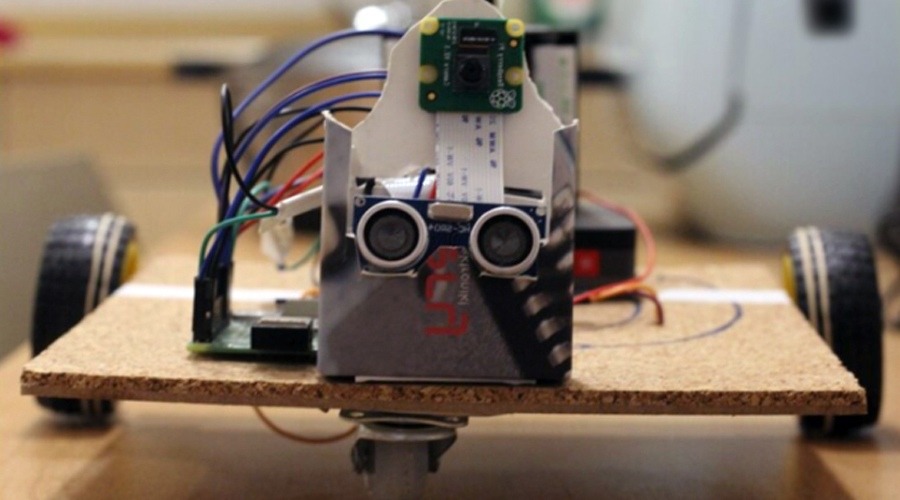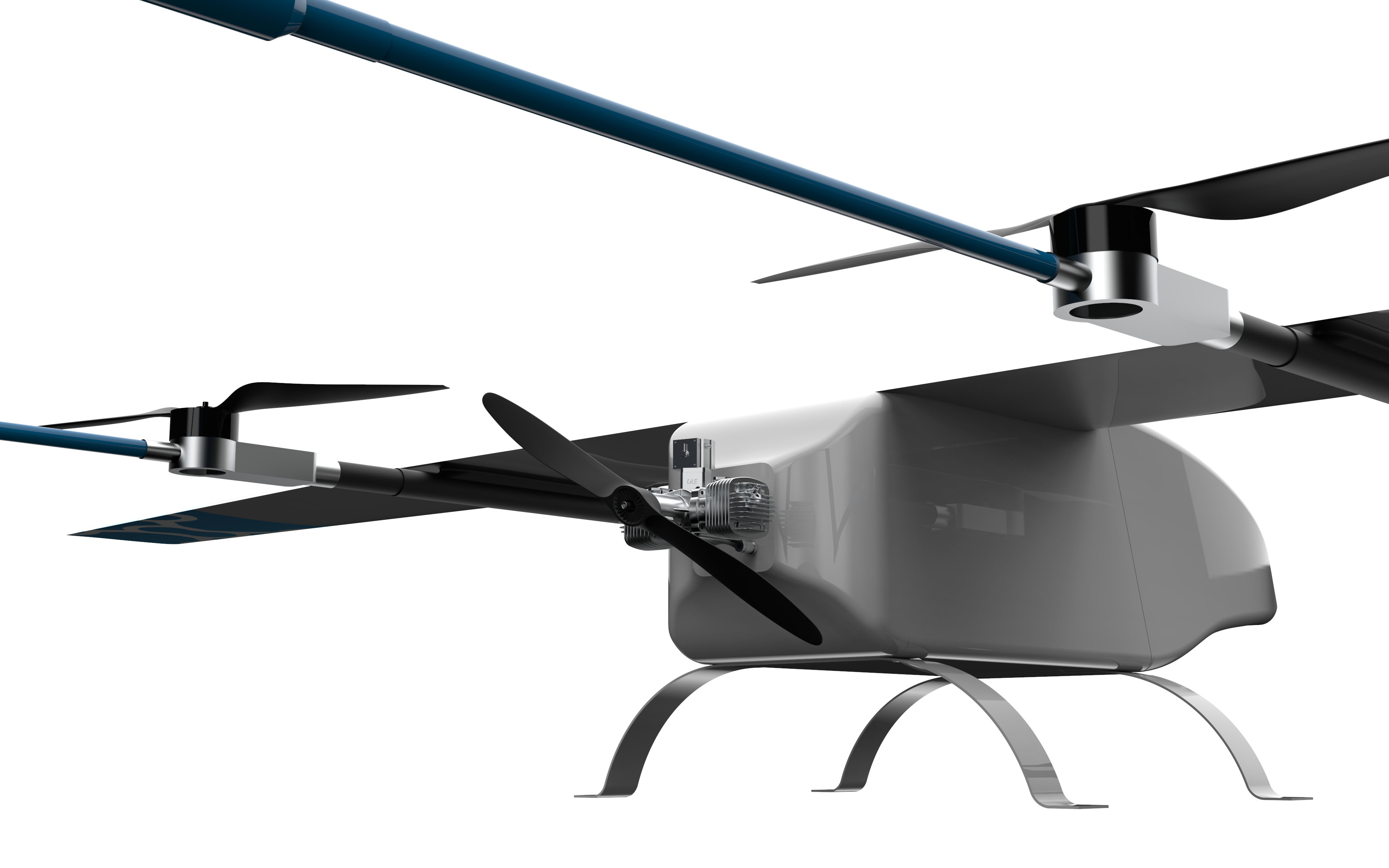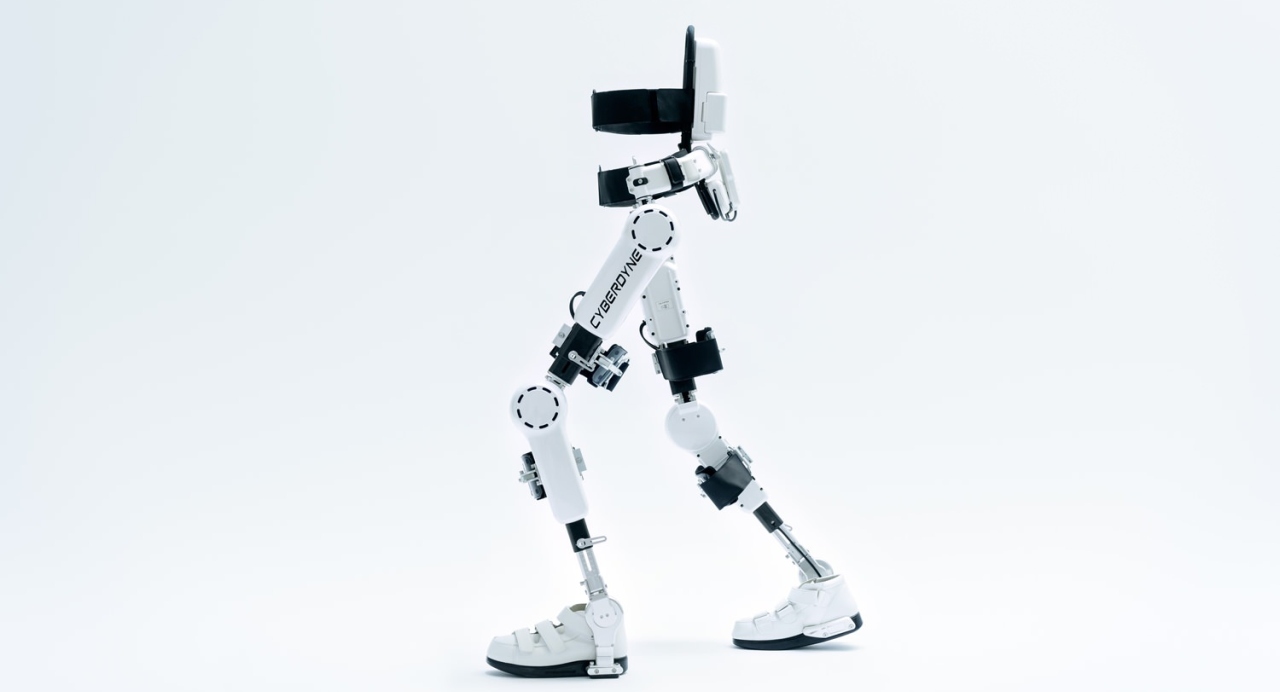In a breakthrough that could reshape the landscape of artificial intelligence (AI) and its environmental impact, engineers at BitEnergy AI have unveiled a groundbreaking algorithm that claims to slash the energy consumption of AI applications by a staggering 95%. This development, detailed in a paper published on the arXiv preprint server, offers a potential solution to one of AI's most pressing challenges: its voracious appetite for electricity.
The Power Hunger of AI
As AI applications have surged into the mainstream, their energy demands have skyrocketed, raising concerns about sustainability and operational costs. Large Language Models (LLMs) like ChatGPT, which have become household names, are particularly power-hungry:
- ChatGPT alone consumes approximately 564 MWh daily
- This is equivalent to the power needs of 18,000 American homes
Industry critics have sounded alarms, projecting that AI applications could soon rival Bitcoin mining operations in energy consumption, potentially reaching around 100 TWh annually in just a few years. To put this in perspective, that's roughly equivalent to the electricity consumption of entire countries like the Netherlands or Chile.
A Simple Solution to a Complex Problem
The team at BitEnergy AI proposes a deceptively simple solution to this complex problem. Their method, dubbed "Linear-Complexity Multiplication," replaces the energy-intensive floating-point multiplication (FPM) operations with integer addition.
The Current Approach: Floating-Point Multiplication
Floating-point multiplication is the cornerstone of current AI computations:
- It allows for handling extremely large or small numbers
- Provides extreme precision in calculations
- Is the most energy-intensive part of AI number crunching
The New Approach: Integer Addition
The new algorithm approximates these complex FPM operations using integer addition:
- Significantly less computationally intensive
- Requires far less energy to perform
- Claims to maintain performance levels comparable to FPM
Promising Results and Future Implications
The researchers at BitEnergy AI report that initial testing of their Linear-Complexity Multiplication method has shown remarkable results:
- 95% reduction in electricity demand for AI operations
- Maintained performance levels comparable to traditional methods
If these claims are verified, the implications for the AI industry and its environmental impact could be profound:
1. Sustainability: A 95% reduction in energy consumption could make AI applications significantly more environmentally friendly.
2. Cost Reduction: Lower energy needs translate to reduced operational costs, potentially making AI more accessible.
3. Scalability: With lower energy requirements, AI applications could be scaled up without corresponding increases in power consumption.
4. Democratization of AI: Reduced hardware and energy costs could make AI more accessible to smaller organizations and developing nations.
Looking Ahead
The potential of BitEnergy AI's Linear-Complexity Multiplication algorithm is immense. If its claims hold up under scrutiny, we could be on the cusp of a new era in AI - one where the technology's remarkable capabilities are matched by its energy efficiency.
As the AI industry continues to grapple with its growing energy footprint, innovations like this serve as a reminder of the power of human ingenuity. They offer hope that we can harness the transformative potential of AI while mitigating its environmental impact.
The coming months and years will be crucial as this technology undergoes further testing and potential implementation. If successful, it could mark a turning point in the development of sustainable AI, ensuring that as our artificial intelligences grow smarter, they also grow greener.


















